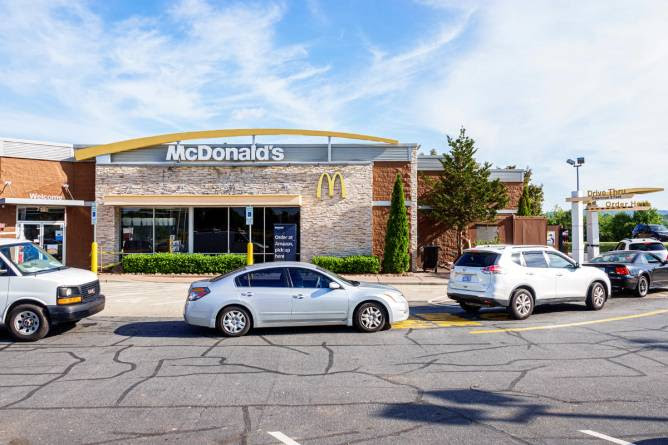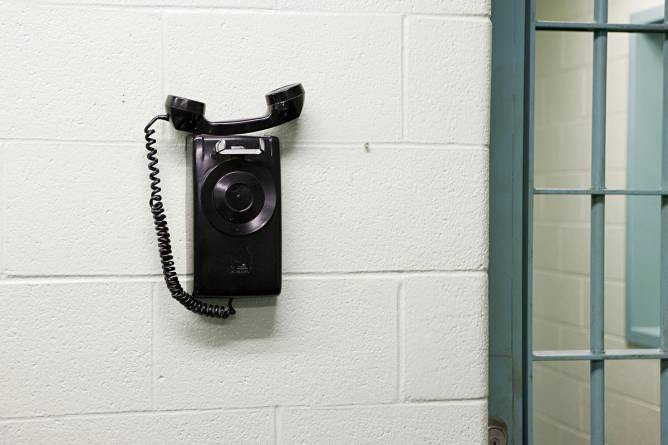Last week, we wrote about how annoying co-workers have gotten. And you know what an irritating colleague likes to do more than anything?
Yap. And chew gum. And type too loudly. And tap their feet.
And since many companies that embraced hybrid work also downsized their offices to save money, fewer conference rooms and private areas mean those annoyances are harder than ever to escape, per Forbes.
Noise levels were ranked among the top 10 most important office features and only 32% of employees said they’re satisfied with average office noise levels, according to two recent surveys by research firm Leesman.
Luckily, a new crop of startups is working on stifling the noise:
- Framery, which hit $164m in revenue in 2022, makes glass office pods that start at ~$8.7k for a single-person booth. A newly released line of pods not only insulates sound for users inside, but emits pink noise to dampen sound for those outside.
- Moodsonic’s sensors create “responsive soundscapes” by automatically adjusting ambient sounds based on real-time office noise levels. The nascent company’s subscriptions grew 150% in its second year.
- Zintra Acoustics offers acoustic solutions like wall panels, room dividers, and ceiling fixtures that absorb sound.
Even Ikea is adjusting its office furniture for sound control, like an electric standing desk with a quieter height-control mechanism and acoustic screens.
While sound dampening is great…
… it’s even more effective to design offices with noise in mind.
Intuit Mailchimp’s Atlanta office was designed with 60+ phone booths, acoustic paneling on the walls and ceilings, and five libraries where employees work silently.
Even Starbucks — makeshift office to many a remote worker — knows the importance of quiet time. The chain is adding sound-dampening materials to the ceilings of all new US locations and retrofitting ~1k existing ones.
Let’s hope the soundproofing works; otherwise, it seems cubicles are making their comeback.



